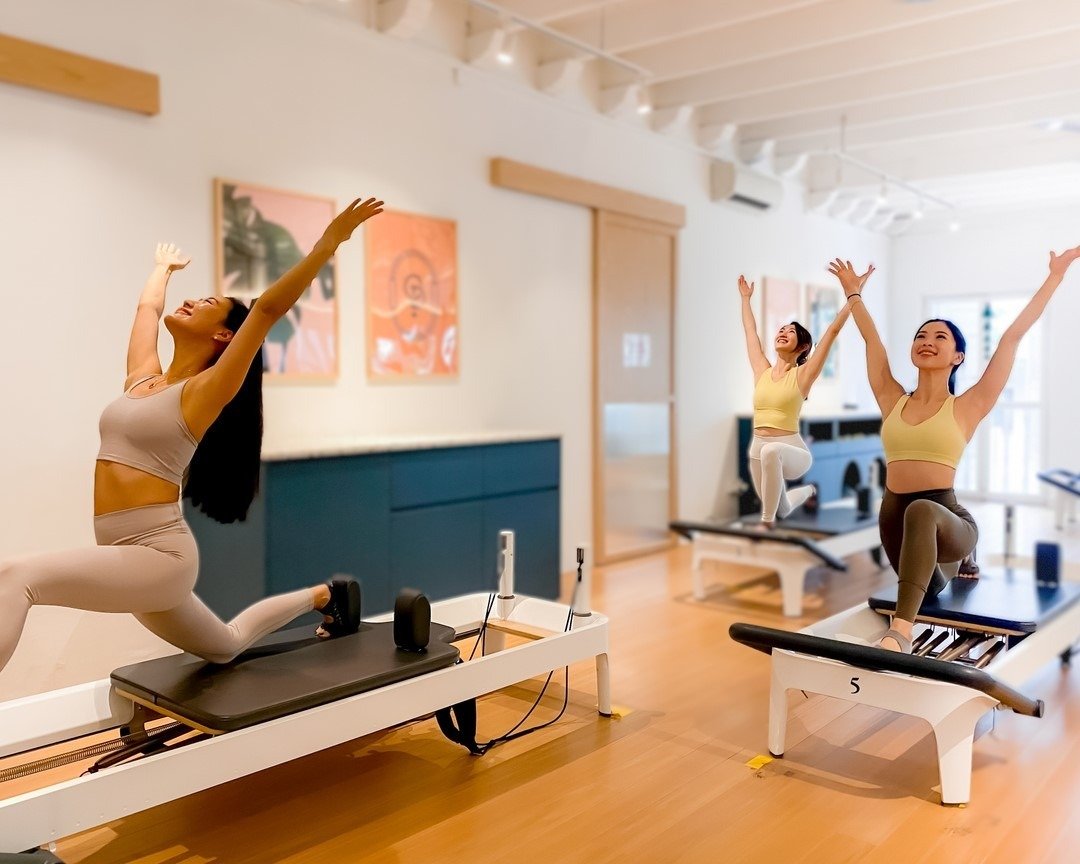How to run in Singapore’s heat & humidity
Whether it’s a quick 5km dash or circling the Red Dot
Text: Anna A
Running can be difficult at the best of times, but add Singapore’s hot and humid climate into the mix and it’s an uphill battle (literally). Whether you’re an inexperienced, marathon fanatic or 10km jogger, everyone has to start somewhere. According to Runners World, 89% of runners said that by pounding the pavement regularly, they felt happier and more positive impact in their daily lives. As someone who got into running during circuit breaker, I can attest that a few jogs a week have massively improved my mental health thanks to my endorphins going wild.
In terms of training, it’s a marathon, not a sprint (ahem). Don’t expect to be the next Mok Ying Ren after a few rounds of Robertson Quay. Aim for 2–3 runs a week and remember to hydrate before and after.
Here’s our how-to guide if you want to get to grips with running in Singapore’s sweaty weather.
Start slowly
Don’t start out thinking you have to ace every run. Running doesn’t have to be a strenuous activity; it can be a leisurely escape from home, a chance to get some fresh air (without a mask) and an opportunity to enjoy time to yourself. Start with a short distance to get your feet and legs acclimatised. Warning: you will feel approximately 105 years old after your first attempt. And if you end up walking part of the way (okay, most of the way), it doesn’t mean you haven’t achieved. Try running for two minutes, walking for one — a great way to build up stamina and endurance.
Maintain nutrition and hydration
Eating and drinking before a run is essential for strength and endurance. You might have seen marathon runners ‘carb-loading’ with mountains of pasta the night before a long run, but (sadly) you don’t need a larger-than-life portion size; you can just eat normally. The recommended diet for runners includes carbohydrates, protein, fat and nutrients (from fruit and veg) as your body will burn these quickly. For longer distances, eat to keep up your energy up. Experts recommend 30-60 grams of carbs per hour. Upon your return, eat plenty of protein to repair any muscle damage and to start your recovery.
Running in Singapore’s weather means hydration is paramount. Remember to drink plenty of fluids before setting off as this will affect how you perform and recover. Pamela Ibarra, one of UFIT’s top nutritionists says, “Take water with you on a long distance. Also, remember to continue drinking after your run. If you’ve been out for longer than one hour, a sports drink is a great option as it contains carbohydrates for fuel and replaces the electrolytes lost through sweat.”
Beating your distance & speed
Keep to a training plan where you can gradually increase your distance and speed over time. There’s nothing more motivating than progression and there are many good running apps to keep an eye on your performance. We like Nike Run Club or Strava for measuring your time, distance and route. Ultra-marathon runner, Athlete and founder of Rockstar Fit App Natalie Dau shared that a good tip for novices is to cover your sports watch face with a piece of tape. It can help ease the pressure off constant monitoring of speed which can lead to demotivation if you think you should be running at the speed of Usain Bolt! ‘Be patient, take it easy on yourself to slowly build up your endurance’ says Dau.
Take deep, slow breaths
Experts urge runners to conduct mouth breathing as it’s the easiest way to draw in air to your lungs. Take slow, deep, frequent breaths as your heart rate rises, allowing oxygen to reach your muscles and convert fats in your bloodstream to fuel. Taking deeper breaths rather than shallow gasps will expend less energy.
Take time to rest
Rest days are just as important to improve performance. You need to allow time to recover, and for your body to repair any muscle or tissue damage. Our go-to places include East Coast Park, Marina Bay loop and MacRitchie Reservoir for the flat, open, picturesque vistas. If you feel like something more challenging, check out Singapore’s eclectic mix of varied terrains here.












